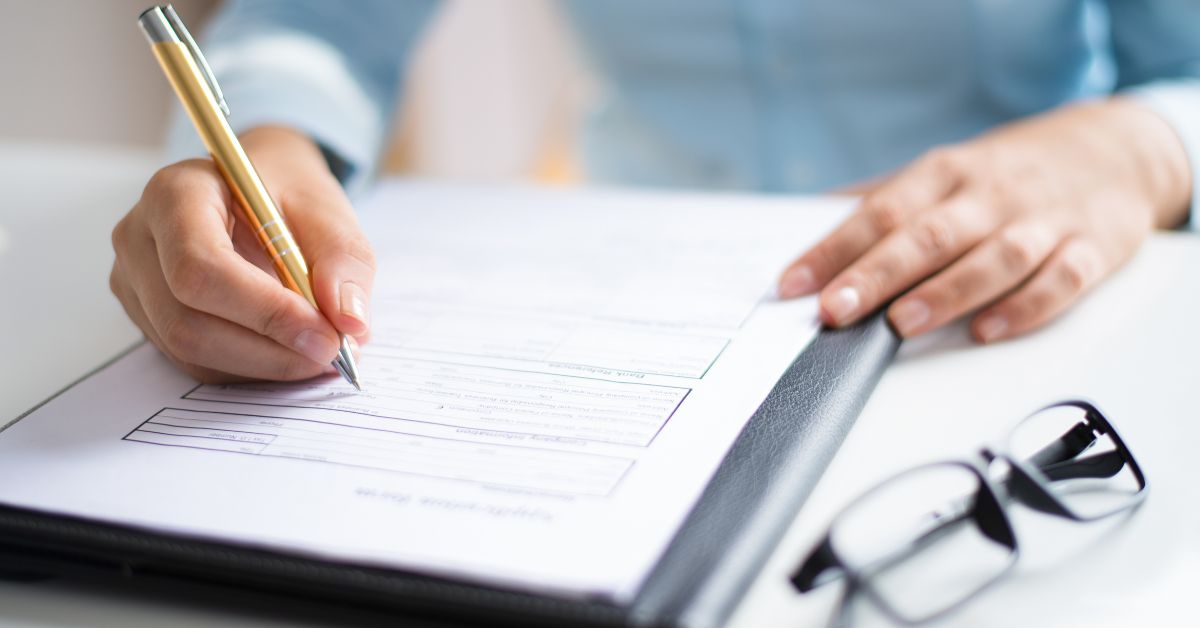Is there anything more terrifying than realizing you’ve made a mistake at work? Once the realization hits, your heart rate soars and your fight-or-flight instincts kick in. You immediately begin bargaining with yourself. Maybe no one will notice. Maybe you can cover your mistake if you act fast enough. Maybe you should subtly gather all of your personal items in a box and run out the door, never to return.
Here are a few tips for getting through this difficult process:
#1: Defer to the attorney in charge
Before you even consider communicating the mistake to the client–you have to tell the attorney in charge that a mistake has been made. This is non-negotiable, as, ultimately, they are responsible for employee mistakes. Indeed, depending on the seriousness of the mistake, their license may be on the line.
Fortunately, the Model Rules of Professional Conduct and related opinions provide guidance for her on when, what, and how to communicate to a client–even when the communication pertains to a mistake. The important thing for support staff to understand, of course, is that the very first communication about the mistake must be to the supervising attorney. It is then solely up to them to decide how to inform the client of the situation.
For purposes of this article, let’s assume you are authorized to communicate the issue to the client. What then?
#2: Understand the rules
At this point, you’ve been placed in charge of communicating with the client. First, it would be wise to read Model Rule 1.4, which deals directly with client communication even though you may not have a bar number. As an employee of an attorney, you are expected to follow these rules. For example, what would you do if the mistake pertained to a client that is an organization as opposed to an individual? Rule 1.4 has an answer for that (see Subsection 6) and just about every other situation you might come across.
Once you get that critical rule under your belt, remember that other ethical rules are there to guide paralegals and other support staff. Perhaps the most important rule for this article is that non-attorneys are not allowed to give legal advice. Thus, if explaining the mistake to the client requires you to cross the line into legal analysis or strategy, you will need to refer the matter back to the supervising attorney.
#3: Consider the type of communication
Once you have committed to communicating with the client and understand the various rules and implications of that contact, it’s time to get in touch. The next question is how you’re going to do it. Back when I was a supervising attorney, I would have preferred an in-person meeting. In a post-COVID world, however, people rely more and more on technology for even the most critical communications.
Your firm likely has protocols in place for electronic communications. Given the importance of this situation, you should consider your technical options and weigh the client’s preferences for communication. If the client hates phone calls, for example, this is probably not the best time to make a call out of the blue. That said, sending a text saying, “Hey, we made a mistake, call me” is also inappropriate. If you have questions about which method of communication is best in this instance, seek the advice of your supervising attorney.
#4: Remain empathetic
Have you ever paid for an expensive haircut, only to hate how you looked when you left the salon? It’s frustrating, right? Well, imagine how your firm’s clients feel when they pay hundreds of dollars an hour for services only to learn that mistakes have been made. Of course, they’re frustrated too, and it’s important that you remain cognizant of and empathetic to their feelings.
As explained by Chris Dreyer, CEO of Rankings.io, “Empathy is the ability to understand and relate to the thoughts, emotions, and experiences of others. Not to be confused with sympathy, empathy allows you to comprehend how others are feeling without sharing those feelings.” With that in mind, allow yourself to relate to the client’s anger, frustration, confusion, or fear without saying things like “I’m scared too,” or “I would be angry as well.” Instead, say things like, “I understand your frustration. The attorneys and I will do everything we can to make this right, but we just wanted to keep you in the loop on this important matter.”
#5: Be prepared to fall on your sword
Legal mistakes often involve things like giving notice for a hearing at the wrong place or time, missing a service deadline, or misquoting a case within a legal brief. In many states, the rules of court outline procedures for rectifying errors such as these.
In some situations, you may need to submit a sworn declaration to the court admitting that you caused the mistake. While this can be nerve-wracking, remember that honesty is absolutely the best policy in any dealing with the courts. Your honesty will ultimately result in the best outcome for the client.
#6: Planning ahead
We all make mistakes. It’s part of life. One thing you can do to prepare yourself for the inevitable is read up on effective legal communication and ways to best communicate with clients. That way, if you do end up making a mistake, you’ll be adequately prepared to face the issue head-on.
The truth is, in any profession, you’re going to make mistakes. It’s all about how you can pivot and change your course of action to accommodate the situation. If you want to communicate with clients effectively as a legal professional, it’s best to deal with the mistake and deal with it quickly. Part of that response, of course, is communicating the mistake to the client. Client communication is one of the most important aspects of practicing law, and when you do have to communicate about mistakes, you should do so with an extra level of care.








